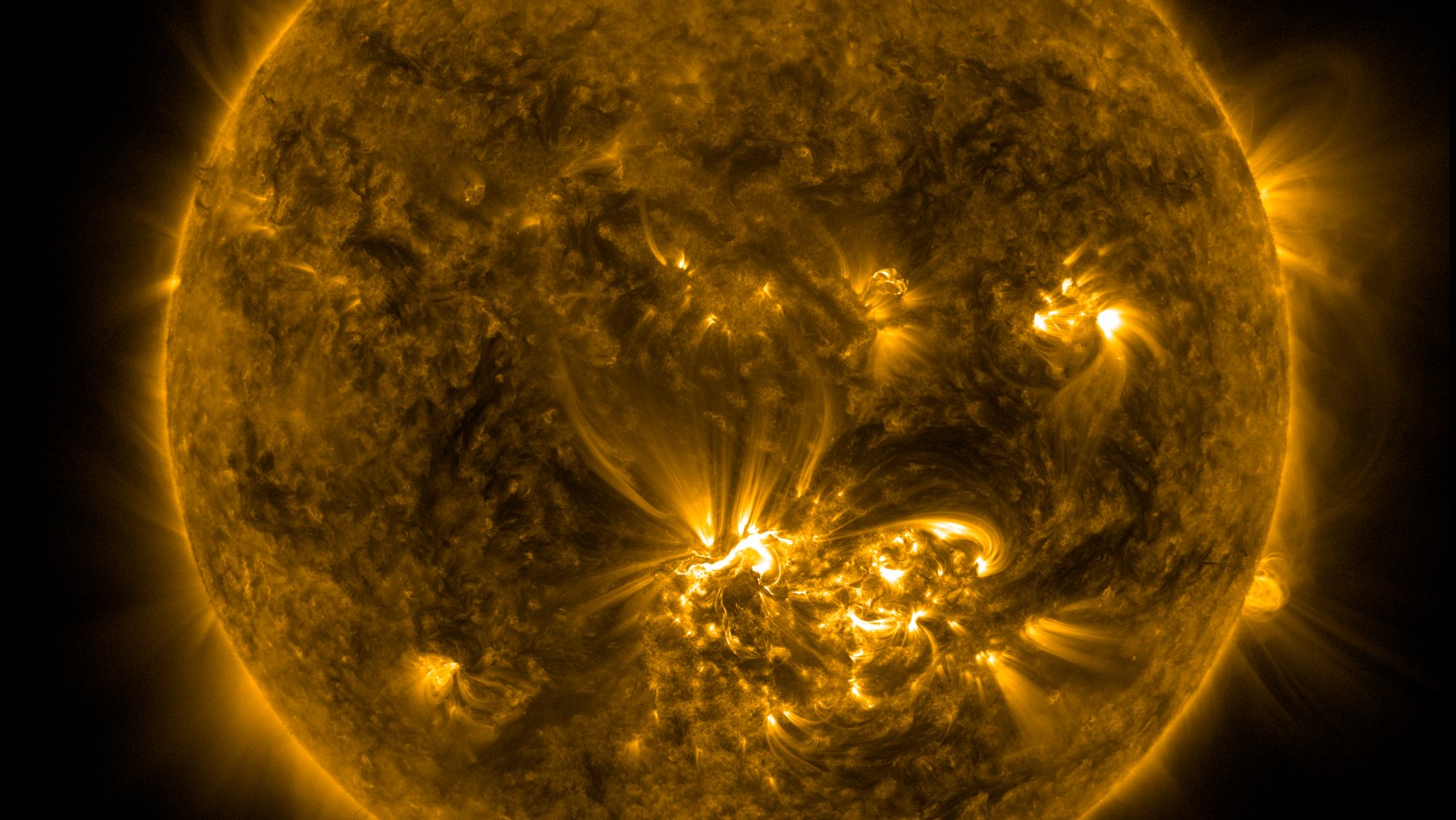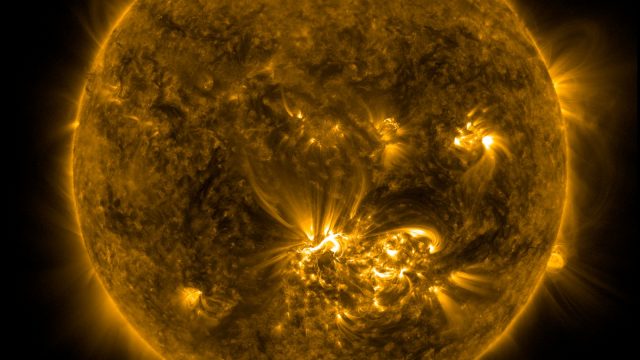
Artificial intelligence (AI) can be used to predict powerful radiation outbreaks, such as solar storms, up to 96 hours before they occur, according to Israeli researchers.
Yuval Reuveni of Ariel University’s department of physics and the Samaria and Jordan Rift R&D Center and computer science doctoral candidate Vlad Landa at the university say they have developed a new solar storm forecasting method, dubbed the Convolutional Neural Network.
As described in their paper published in The Astrophysical Journal, the Ariel University researchers combined knowledge of past radiation bursts with X-ray measurements from the Geostationary Operational Environmental Satellite (GOES) satellites belonging to the U.S. National Oceanic and Atmospheric Administration.
The researchers explain that “extracting an accurate and reliable solar flare forecast while considering multiple ranges of time windows is essential for decision-makers when protective measures are taken in critical mission situations.”
Harmful radiation solar storms can have a significant impact on Earth as they cause disturbances in atmospheric layers through which communication and global positioning system (GPS) signals pass.
Along with causing disruptions in satellite activity, navigation systems, communications and electric grids, intense radiation bursts also can result in dangerous and costly spacecraft failures.
“Solar flares have the ability to interfere in radio communication systems, affect global navigation, satellite systems, neutralize satellite equipment, cause electric power blackouts on Earth, harm the health of astronauts and can easily mean a loss exceeding several billion dollars in repairs and months of reconstruction when they reach a very high magnitude,” Reuveni and Landa write in The Astrophysical Journal.

Scientists have been trying since the 1930s to predict solar storms in enough time to offset damage. Now, the new meteorological field of space weather research is finding ways to forecast solar and geophysical disturbances from the interactions and influences of the sun and other cosmic sources that surround the Earth.

“With our increasing reliance on technology, predicting the weather in space is crucial. However, accurately predicting space weather has long been a challenging problem for experts,” the journal The Conversation pointed out in a March 2021 article.
The Ariel University research proposed model might be the answer as it reportedly achieved impressive results across different metrics compared to previous recent studies.
Produced in association with ISRAEL21c.
Recommended from our partners
The post Artificial Intelligence Can Forecast Damaging Solar Storms appeared first on Zenger News.





